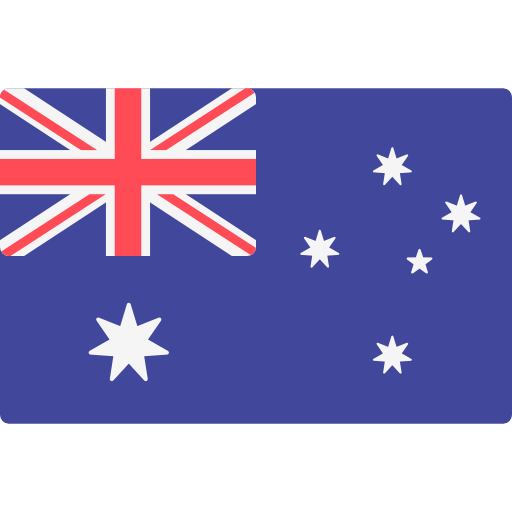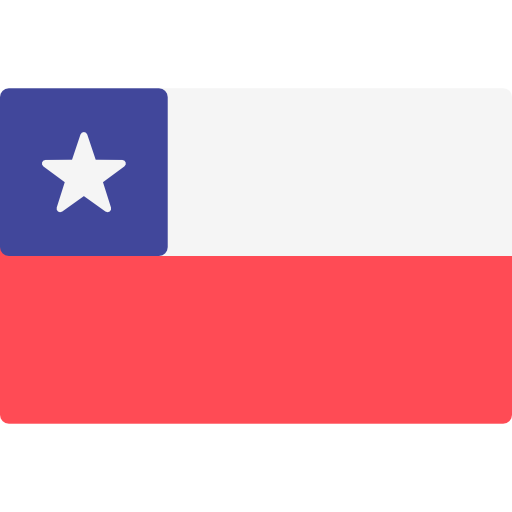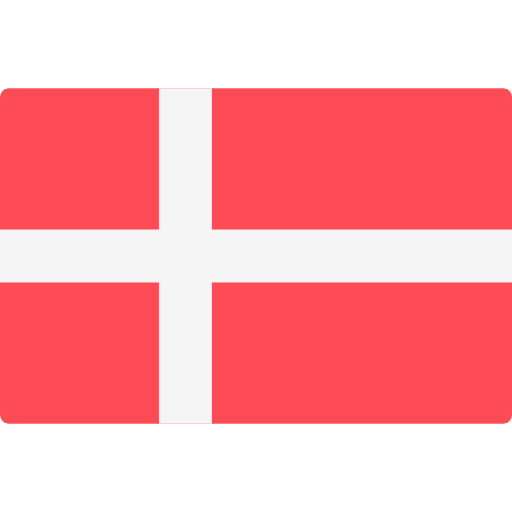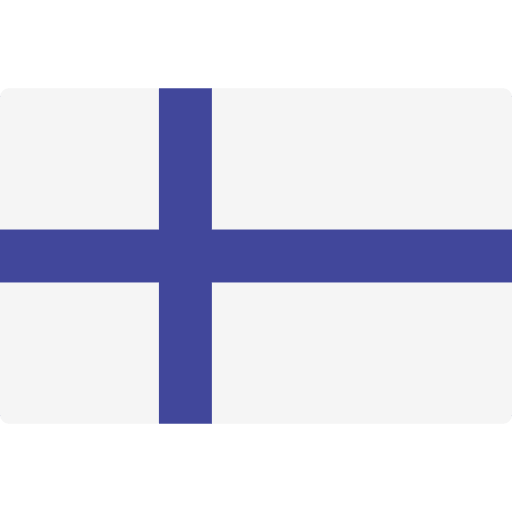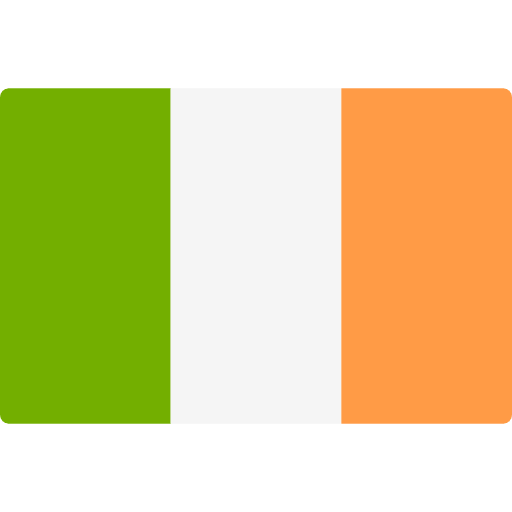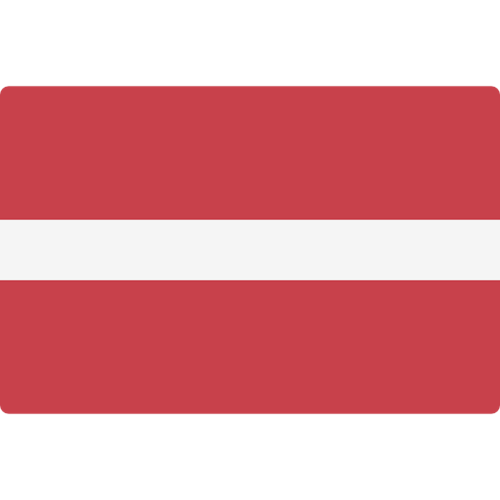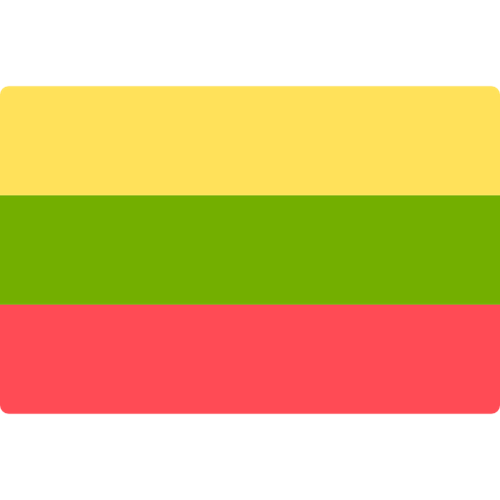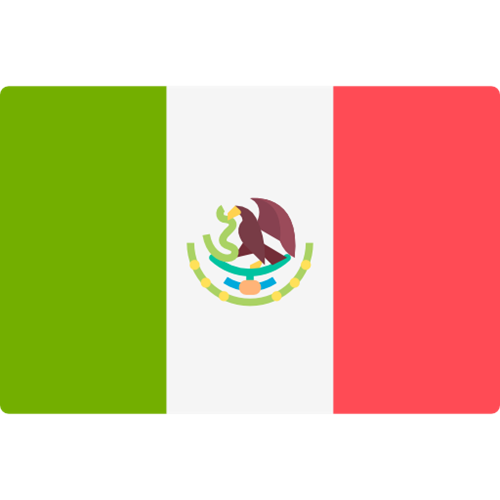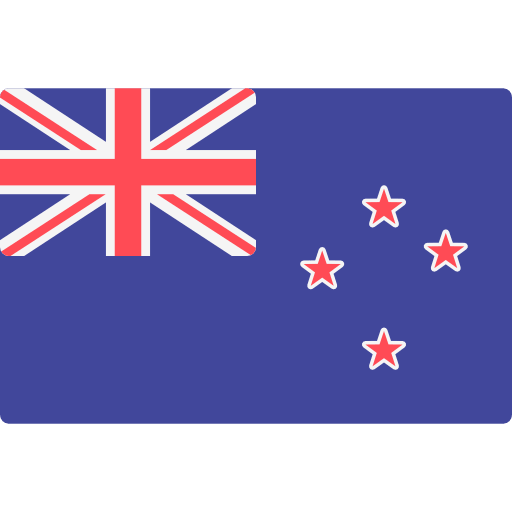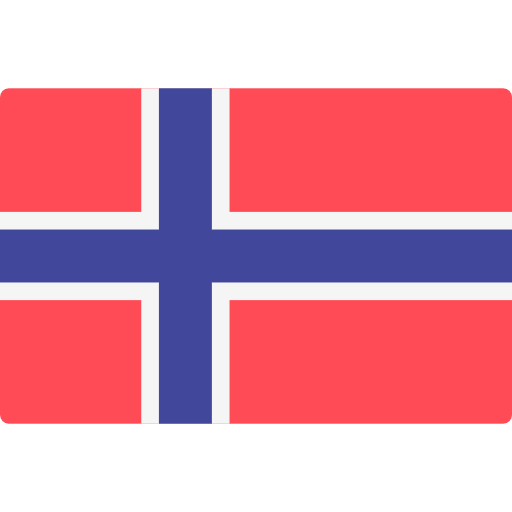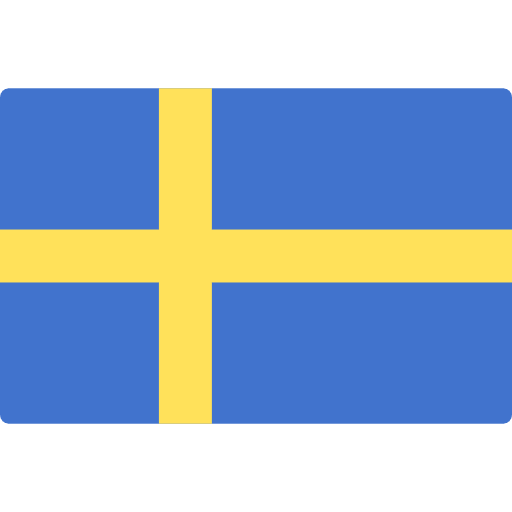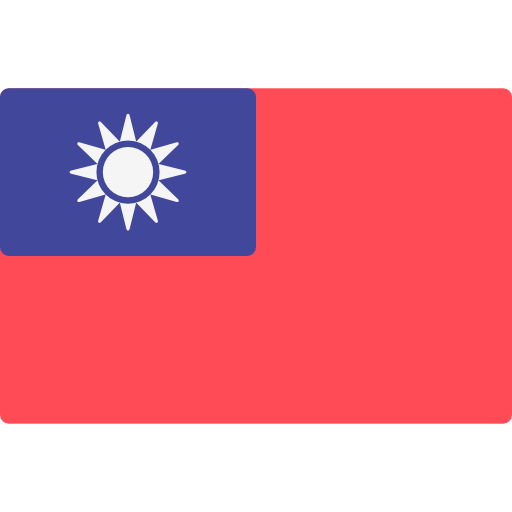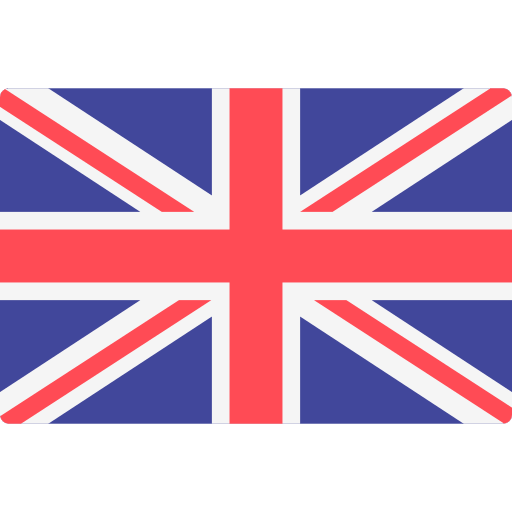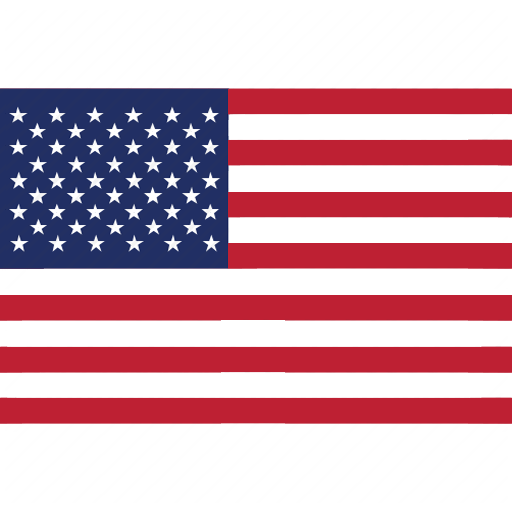Eurofins Toys & Hardlines Monthly Bulletin (February 2025)


New European regulation on packaging and packaging waste
On 22 January 2025, the European Commission published Regulation (EU) 2025/40 on packaging and packaging waste, amending Regulation (EU) 2019/1020 and Directive (EU) 2019/904, and repealing Directive 94/62/EC.
Its main objective is to promote a circular economy by establishing packaging requirements such as:
- New objectives such as a minimum percentage of recycled content in packaging by 2030-2040, reuse of packaging by 2030 and other objectives for 2040.
- Minimising the quantity of packaging through design, weight and volume and avoiding unnecessary packaging.
- Minimising substances of concern, including restricting placing on the market food contact packaging containing per- and polyfluorinated alkyl substances (PFAS) if they exceed certain thresholds.
- Labelling, marking and information requirements to facilitate classification, sorting and choice by consumers.
- New rules introducing restrictions on single-use plastic packaging.
- Harmonising standards across the European Union, removing trade barriers and establishing uniform criteria for packaging design, recyclability, and labelling.
This Regulation shall enter into force on 11 February 2025 and shall apply from 12 August 2026.
For more information, please refer to the official publication on the European Commission website here.
European ban bisphenol A in food contact materials
On 31 December 2024, the European Commission published Commission Regulation (EU) 2024/3190 of 19 December 2024 on the use of bisphenol A (BPA) and other bisphenols and bisphenol derivatives with harmonised classification for specific hazardous properties in certain materials and articles intended to come into contact with food, amending Regulation (EU) No 10/2011 and repealing Regulation (EU) 2018/213.
This regulation is applicable to adhesives, rubbers, ion-exchange resins, plastics, printing inks, silicones, varnishes and coatings. The use of BPA and its salts is prohibited, but BPA and its salts may be used for a specific application subject to the following restrictions:
|
Material type |
Specific application |
Other restrictions |
|
Varnishes and coatings |
For use as a monomer or starting substance in the manufacture of liquid epoxy resins to be applied on self-supporting food contact materials or articles with a capacity greater than 1,000 litres. |
Migration into food shall not be detectable. |
|
Plastics |
For use as a monomer or starting substance in the manufacture of polysulfone filtration membrane assemblies. |
Migration into food shall not be detectable. |
Regarding transitional provisions, the dates are as follows:
- Single-use FCM articles: articles complying with the "old" regulation may be placed on the market until 20 July 2026.
- The following single-use FCM articles complying with the “old” regulation may be placed on the market until 20 January 2028:
- Single-use FCM articles intended for the preservation of fruits or vegetables or fishery products.
- Single-use FCM articles on which a varnish or coating manufactured using BPA has only been applied to the exterior metal surface.
- Repeated-use FCM articles: articles complying with the “old” regulation may be first placed on the market until 20 July 2026 and may remain on the market until 20 January 2029.
- Repeated-use FCM articles used as professional food production equipment: articles complying with the old regulation may be first placed on the market until 20 January 2028 and may remain on the market until 20 January 2029.
This legislation is based on a scientific assessment by the European Food Safety Authority (EFSA), which concluded that BPA had “potentially harmful effects on the immune system”. The scientific assessment is available on the EFSA website here.
Technical publications related to food contact materials
The latest publication by the European Food Safety Authority (EFSA) and other European entities related to food contact materials:
- EFSA - New advanced models (NAMs) for risk assessment of bisphenol A alternatives
- EFSA - Risk assessment of food contact materials
- EFSA - Conceptual basis for the development of guidance for the use of biomarkers of effect in regulatory risk assessment of chemicals
- EFSA - Safety assessment of the substance 2,2′‐oxydiethylamine for use in plastic food contact materials
- Council of Europe - Technical guide on documentation supporting compliance and safety of food contact materials and articles
Publications on the extension of French eco-organisations in the EPR sector
In December 2024, the French Minister of Ecological Transition published several orders on the extension of the authorisation of an ecological organisation in the sector of extended producer responsibility referred to in Article L. 541-10-1 of the Environmental Code. The main orders are:
|
Date |
Title |
Ecological organization |
|
29 December 2024 |
CITEO |
|
|
29 December 2024 |
OCAPEM |
|
|
28 December 2024 |
LEKO |
|
|
28 December 2024 |
ADELPHE |
|
|
28 December 2024 |
AKSOR |
|
|
27 December 2024 |
SCRELEC |
|
|
27 December 2024 |
COREPILE |
Extended producer responsibility sector for single-use sanitary textiles
On 6 December 2024, the French Minister of Ecological Transition published Decree No. 2024-1166 of 5 December 2024 establishing the extended producer responsibility sector for single-use sanitary textiles.
The decree introduces a new section on single-use sanitary textiles into the Environmental Code so that the extended producer responsibility (EPR) sector for sanitary textiles, provided for by the law of 10 February 2020 on the fight against waste and the circular economy, is fully operational from 1 January 2025.
As of this date, natural or legal persons who place sanitary textiles on the national market will be required to contribute to or provide for the prevention and management of waste resulting from them. The decree specifies the scope of this sector by defining single-use sanitary textiles and the producers covered by these provisions.
Furthermore, on 24 December 2024, the French Minister of Ecological Transition published the order of 20 December 2024 containing the specifications of eco-organisations, individual systems and coordinating organisations of the extended producer responsibility sector for single-use sanitary textiles mentioned in 21° of Article L. 541-10-1 of the Environmental Code and falling under category 1° of III of Article R. 543-360.
This order defines the specifications of eco-organisations, individual systems and coordinating bodies that must contribute to the prevention, collection, and management of waste from single-use sanitary textiles falling under category 1° of III of Article R. 543-360, as well as to the coverage of the costs of cleaning operations for sanitary textile waste abandoned in public spaces, on behalf of the producers of these products.
These publications came into force on 1 January 2025.
The latest publication by the Directorate General for Competition, Consumer Affairs and Fraud Prevention (DGCCRF) and other entities related to consumer products:
- DGCCRF sheet - For a successful end-of-year celebration, also think about safety!
- DGCCRF sheet - Product safety: what’s changing in 2025
- DGCCRF sheet - Hot water bottles, compresses and heating patches: beware of the risk of burns!
- DGCCRF sheet - Fashion jewellery and watches: lack of rigour of professionals in terms of chemical safety
- DGCCRF sheet - When products imitate foods: beware of risks for children!
- ADEME - Hygiene products: the big clean-up of the European Ecolabel
- Ministry of Economy, Finance and Industrial - Everything you need to know about the sustainability index
- Ministry of Economy, Finance and Industrial - Everything you need to know about the repairability index
- Assemblée Nationale - The impacts of plastics on human health
Update to the scope of the extended producer responsibility sector for construction products
On 5 December 2024, the French Minister of Ecological Transition published the opinion on the scope of the extended producer responsibility sector for construction products and materials in the building sector.
The purpose of this opinion is to clarify the scope of these articles, based on (non-exhaustive) examples of the products concerned. It replaces opinion TREP2315866V published in the Official Journal of the French Republic on 17 June 2023, as 1 January 2026. The amendments made in this opinion aim to ensure that products subject to the EPR obligation fall under a level of processing [higher than] that were adopted in the previous opinion, particularly with regard to products and materials mainly made from wood, and to a lesser extent, products and materials mainly made from metal.
It also provides details on the terms of payment of the eco-contribution for products and materials made from several components.
For the full list, please refer to the official publication in the Légifrance here.
Adaptation of the French Consumer Code to Regulation (EU) 2023/988
On 7 December 2024, the French Minister of Economy, Finance and Industry published Decree No. 2024-1171 of 6 December 2024 on measures to adapt the Consumer Code to the entry into force of Regulation (EU) 2023/988 of the European Parliament and of the Council of 10 May 2023 on product safety.
The main amendment of this Decree is the modification of the Consumer Code, in particular Titles I and V of Book IV relating to the conformity and safety of products and services, and repeal of Decree No. 92-985 of 9 September 1992 on the prevention of risks resulting from the use of certain products imitating foodstuffs.
Other relevant amendments are:
- It adds a new Article R. 412-43-2, which will enter into force on December 13th, 2024, to note that certain provisions of Regulation (EU) 2023/988 on general product safety, and containing specific obligations for professionals (Articles 2, 3, 9 to 16, 18 to 20, 22, 28, 35, 36 and 37) constitute implementing measures for Article L. 412-1 of the Consumer Code on product compliance and safety so that any breach is included in the penalty system.
- It also expands the possibilities in Article R. 512-34 of the Consumer Code to use European laboratories for product analyses and tests to assess their level of safety and compliance with regulations.
Update on import inspections for consumer products
On 31 December 2024, the Turkish Ministry of Trade published several communications which affect the import of consumer products. The most affected are:
Inspections of toys for their compliance with the Toy Safety Regulation are carried out by the Turkish Ministry at the import stage.
Products such as pacifiers, feeding bottles, baby care products, stationery, mouse pads, imitation jewellery, wristwatches, swimming seats, disinfectants etc. are inspected by the Turkish Ministry at the import stage in terms of their compliance with the limit values, standards and license requirements specified in the Regulation on the Registration, Evaluation, Authorisation and Restriction of Chemicals for the purpose of protecting human health and the environment.
Inspections of various batteries and accumulators are carried out by the Turkish Ministry at the import stage in terms of their compliance with the Regulation on the Control of Waste Batteries and Accumulators.
Products such as children’s toilet seats, baby walker frames, soothers for babies and young children, carry cots and stands for domestic use, soother holders, buoyant aids for swimming, baby carriers, baby bouncers etc., are inspected by the Turkish Ministry at the import stage in terms of the regulations and standards that they are subject to during import.
Some textile, apparel and leather products are inspected by the Turkish Ministry at the import stage in terms of their compliance with the limit values specified in the Regulation on the Registration, Evaluation, Authorisation and Restriction of Chemicals for the purpose of protecting human health and the environment.
Update the nation’s positive list for food contact plastics and packaging inks
On 9 December 2024, Switzerland published Official Collection 2024 755 (RO 2024 755) to update the following annexes:
- Annex 2 ‘List of permitted substances for the manufacture of plastic materials and articles and related requirements’ (Edition 3.2)
- Annex 10 ‘List of permitted substances for the manufacture of packaging inks and related requirements’ (Edition 3.2)
The Specific Migration Limits (SMLs) are strengthened for DBP, BBP, DEHP, DINP and DIDP further aligning Annex 2 in the Swiss legislation with those falling under Commission Regulation (EU) 2023/1442, amending Regulation (EU) 10/2011, on food contact plastics in the European Union.
These updates have been applied to the nation’s Ordinance on Materials and Articles Intended to come into contact with Foodstuffs (RS/SR 817.023.21).
Preparation of the new statutory instrument for furniture and furnishings
On 22 January 2025, The Office for Product Safety and Standards published a document which talks about the following 6 themes within the furniture fire safety policy space.
- Theme 1 – Defining responsibilities, scope and definitions
- Theme 2 – Product compliance requirements
- Theme 3 – Information provision (product labelling and technical documentation)
- Theme 4 – Re-upholstery and second-hand
- Theme 5 – Implementation, enforcement and statutory review
- Theme 6 – Impacts
And additionally, about the ANNEX A – Full list of baby and children’s products to be removed from the scope of the FFRs.
The aim of this new statutory instrument is to deliver reforms that maintain a high level of fire safety while facilitating a reduction in the use of chemical flame retardants. The main amendments are:
- Remove certain baby and children’s products from the scope of the Furniture and Furnishings (Fire) (Safety) Regulations 1988 (FFRs), where the evidence supports their removal from the scope.
- Remove the requirement for manufacturers to affix a display label to new products.
- Extend the time frame for instituting legal proceedings from 6 – 12 months.
CPSC publishes the Direct Final Rule for the Safety Standard for Play Yards
On 29 January 2025, the U.S. Consumer Product Safety Commission (CPSC) published the Direct Final Rule for the Safety Standard for Play Yards (16 CFR 1221) in the Federal Register. The CPSC’s mandatory standard will now incorporate by reference ASTM F406-24, Standard Consumer Safety Specification for Non-Full-Size Baby Cribs/Play Yards, with modifications that exclude sections of ASTM F406 that apply to non-full-size (NFS) cribs exclusively.
ASTM F406-24 includes the following substantive changes from the previously referenced 2019 version of the standard:
- Revises the definition of play yard accessories.
- Revises the warning label requirement so that labels explicitly specify that there is a strangulation hazard, which ensures a compelling and vivid description of the hazard and how to avoid it.
- Expands the scope of products to which the warning label requirements apply, now including all accessories, not just accessories that are intended to be removed from the play yard when it is occupied.
- Includes two changes related to the length of cords and straps for play yards: limiting the length of loops for cords/straps and specifying a test to measure the perimeter of cord/strap loops.
- Revises the warning label requirements pertaining to products that have separate, removable mattresses that are not permanently fixed in place.
The Direct Final Rule comes into effect on 5 April 2025, unless the CPSC receives significant or adverse comments by 28 February 2025.
FDA issues warning letter on certain Lead Leaching Cookware
On 12 December 2024, the U.S. Food and Drug Administration (FDA) issued a letter to cookware retailers and distributors informing them of certain imported cookware made from aluminium, brass, and aluminium alloys known as Hindalium/Hindolium or Indalium/Indolium which may leach lead into food and that such cookware shall not be distributed or sold in the U.S. market. Cookware products that bear or contain an unsafe food additive are adulterated under 21 U.S.C. 342(a)(2)(C)(i) and are prohibited under the Food, Drug, and Cosmetic Act.
The FDA placed a certain manufacturer of the cookware on an FDA import alert and their products are subject to refusal of admission in the U.S. Retailers and distributors of cookware products made from aluminium, brass, and aluminium alloys known as Hindalium/Hindolium or Indalium/Indolium should take the necessary steps to confirm that such products do not leach lead into food, using various testing methods for leachable lead are available.
CPSC publishes eFiling Final Rule
On 8 January 2025, the U.S. Consumer Product Safety Commission (CPSC) published the Final Rule for eFiling in the Federal Register to revise the requirements for Certificates of Compliance (CoC) in 16 CFR 1110. The Final Rule will come into effect on 8 July 2026, for all CPSC-regulated consumer products and substances subject to the Final Rule. However, there are some exceptions. For products and substances imported into a foreign trade zone (FTZ) and subsequently used for consumption or warehousing, the Final Rule will apply from 8 January 2027.
The Final Rule applies to imported consumer products subject to a mandatory safety standard, including de minimis shipments, and requires the electronic filing of CoC data.
The CPSC offers importers two methods for entering certificate data into the eFiling system:
- The Reference Message Set via the Product Registry: Importers enter certificate data into the CPSC Product Registry first, then submit a unique ID through the ACE system. The Product Registry allows importers to manage and view their certificates and grant access to third parties like brokers or testing labs.
- The Full Message Set: Importers submit all certificate data directly through the Customs and Border Protection’s (CBP) ACE system.
The required CoC data elements to be electronically submitted are:
- Identification of the finished product;
- Party certifying compliance;
- Each consumer product safety rule to which the finished product has been certified;
- Date and place the finished product was manufactured;
- When and where the finished product was most recently tested for compliance; and
- Contact information for the person maintaining test records.
The Final Rule will also require private labellers to certify domestic products (unless the manufacturer certifies the product).
The CPSC is inviting up to 2,000 additional importers to sign up for the eFiling voluntary stage to test out the systems before eFiling becomes mandatory. Trial requests can be made at eFilingsupport@cpsc.gov.
Source: https://www.govinfo.gov/content/pkg/FR-2025-01-08/pdf/2024-30826.pdf
Oregon amends Toxic-Free Kids Act
On 20 December 2024, the State of Oregon approved Permanent Administrative Order PH 119-2024 to amend the Toxic-Free Kids Act. The amendment contains the following key revisions:
- Adds the following 10 High Priority Chemicals of Concern for Children’s Health (HPCCCH) to the HPCCCH list, expanding it from 73 entries to 83 entries: (These additions are effective as of 1 January 2025, and will affect biennial notices made for products sold or offered for sale in 2024 and 2025, and beyond)
- Di-(2-methoxyethyl) phthalate (DMEP) (CAS #: 117-82-8)
- Tris (2,3-dibromopropyl) phosphate (TDBPP) (CAS#: 126-72-7)
- Tri-n-butyl phosphate (TNBP) (CAS#: 126-73-8)
- Tetrachloroethene (CAS#: 127-18-4)
- Dipentyl phthalate (DPP) (CAS#: 131-18-0)
- Perfluorooctanoic acid and related substances (PFOA) (CAS#: 335-67-1)
- Tricresyl phosphate (TCP) (CAS#: 1330-78-5)
- Bis (2-ethylhexyl) tetrabromophthalate (TBPH) (CAS#: 26040-51-7)
- Bis(chloromethyl)propane-1,3-diyl tetrakis-(2-chloroethyl) bis(phosphate) (V6) (CAS#: 38051-10-4)
- Isopropylated triphenyl phosphate (IPTPP) (CAS#: 68937-41-7)
- Decabromodiphenyl ethane (DBDPE) (CAS#: 84852-53-9)
- Adds brand name and product model to the list of information required to be reported.
- Changes the deadline of each biennial notice period from December 31st to January 31st.
- Validates an approved or deemed approved Hazard Assessment (HA) for a period of 3 years after the date of submittal and requires the manufacturer to resubmit a HA at the end of the 3-year period.
New York passes law requiring ingredient list labelling on diapers
On 11 December 2024, the New York Governor signed Bill S2279C / Assembly Bill A43C requiring diaper products to be labelled with a list of the product’s ingredients. The ingredients must be listed in order of predominance, and the list must be either printed on the package or affixed to the package in a plain and conspicuous manner. The labelling requirements will come into effect on 11 December 2025.
Under the new law, the following definitions shall apply:
“Ingredient” is defined as an intentionally added substance present in a diaper.
“Diaper” is defined as a type of garment or product inserted into a garment for the purpose of absorbing waste products to prevent soiling of outer clothing or the external environment without the use of a toilet. These products may be either disposable or reusable.
Canada amends Formaldehyde Emissions from Composite Wood Products Regulations
On 18 December 2024, Canada published the Regulations Amending the Formaldehyde Emissions from Composite Wood Products Regulations (SOR/2024-256) in the Canada Gazette. The new Regulations will become effective on 18 March 2025.
The amendments contain the following key revisions:
- Quality control testing
- Only the primary testing must be done by an accredited laboratory, while the routine quality control testing conducted within mills may be done using less expensive testing methods.
- Specimen selection may occur within 30 days of each required 90-day test interval and all testing and verification requirements may be completed within 90 days of sample selection.
- Record keeping
- Domestic manufacturers and importers of component parts and finished goods incorporating a composite wood panel or laminated product must obtain a declaration, upon request by the Minister of the Environment, within 40 days after the day the request is made or within 60 days if the information needs to be translated from a language other than English or French.
- Sellers of composite wood products are no longer required to maintain declarations.
- Domestic manufacturers and importers of component parts and finished goods as well as sellers of composite wood products must now indicate that the composite wood products they import, sell or offer for sale are CANFER or TSCA Title VI compliant by means of a written statement of compliance maintained as a record in Canada and available immediately, upon request.
- TSCA Title VI certificates may be used as the declaration or to produce a declaration, provided that the required information is present and valid.
- Align with the U.S. Environmental Protection Agency (EPA) Amendments to the TSCA Title VI Rule
- Performance standards changed to qualify for reduced testing for no-added formaldehyde or ultra-low-emitting formaldehyde resins.
- Changes to the equations required to establish equivalence with ASTM emission testing methods are incorporated.
On 21 December 2024, the State Administration for Market Regulation (National Administration for Standardization) approved 14 national mandatory standards, including:
- GB 45184-2024 Optometry products—Safety technical specifications of components
- GB 45185-2024 Optometry products—Safety technical specifications of finished spectacles
- GB 45186-2024 Requirements for restricting excessive packaging in express delivery
- GB 45188-2024 Protective gloves for welders for hand protection
For more information, please refer to the official publication, National Standard of the People's Republic of China Announcement No. 31, 2024 here.
Below, you will find a monthly table summarising product recalls and alerts in Europe (Source” Safety Gate (RAPEX)” and “RASFF”) and the U.S. (Source “CPSC”).
Safety Gate (RAPEX) (European Commission Rapid Alert System for dangerous non-food products – Alerts reported by EU national authorities).
The following 41 alerts regarding toys, childcare articles and children's equipment products were reported between week 51 of 2024 and week 3 of 2025.
|
Type of Risk |
Number of alerts |
Notes |
|
|
|
Heat massaging pack |
|
|
|
Toy slime |
|
|
Pencil case |
|
|
|
Spinning toy |
|
|
|
Jumping toy |
|
|
|
Bath toy |
|
|
|
Plastic toy |
|
|
|
Plastic doll |
|
|
|
|
Soft toy |
|
|
|
Anti-stress ball |
|
|
Bath toy |
|
|
|
Plastic doll |
|
|
|
Plastic toy |
|
|
|
Soother holder |
|
|
|
Squeezable toy |
|
|
|
Soft toy |
|
|
|
|
Children's travel cot |
|
|
|
Magnetic toy |
|
|
|
Toy whistle set |
|
|
|
Toy gun |
|
|
|
Bed rail bumpers |
|
|
|
Electric toy |
|
|
Toy lie detector |
|
|
|
Puffer ball |
|
|
|
|
Toy scooter |
|
|
|
Children's highchair |
|
|
Climbing frame |
The following 3 alerts regarding jewellery were reported between week 51 of 2024 and week 3 of 2025.
|
Type of Risk |
Number of alerts |
Notes |
|
|
|
Bracelet |
|
|
Necklace |
The following 9 alerts regarding miscellaneous consumer products were reported between week 51 of 2024 and week 3 of 2025.
|
Type of Risk |
Number of alerts |
Notes |
|
|
|
Travel mug |
|
|
|
Thermostatic coaster |
|
|
|
Hanging ornament |
|
|
|
Inflatable swim seat |
|
|
|
Card shuffler |
|
|
Flying spinner |
|
|
|
Music headband |
|
|
|
Portable fan |
RASFF (European Commission Rapid Alert System for Food and Feed - Alerts reported by EU national authorities)
The following 5 alerts regarding Food Contact Materials related to children's tableware were reported from 21 December 2024 to 20 January 2025.
|
Product |
Notes |
|
|
Rice bow |
Migration of melamine (Potentially serious) |
|
|
Tableware |
Migration of formaldehyde above the established legal limits. |
|
|
Tableware |
Bamboo fibre in plastic bowl |
|
|
Tableware |
Unauthorised use of bamboo in plastic tableware (Bamboo dinnerware set) [Reg. (EU) 10/2011] |
|
|
Tableware |
Unauthorised use of bamboo in plastic tableware [Reg. (EU) 10/2011] |
|
OPSS issues Product Safety Alerts on the UK market.
The following 17 alerts regarding toys, childcare articles and children's equipment products were reported between week 51 of 2024 and week 3 of 2025.
|
Type of Risk |
Number of alerts |
Notes |
|
|
|
Baby Soothers |
|
|
Baby Activity Gym with ball pit |
|
|
|
Animal Plush Toys |
|
|
|
Teddy Bear |
|
|
|
Monkey Plush Toy |
|
|
|
Baby Stroller |
|
|
|
Spider Web-Shooters |
|
|
|
|
Baby Stroller |
|
|
|
Audio Equipment for Children |
|
|
|
Stroller Seat |
|
|
Pushchair Hammock |
|
|
|
|
Bingo Game |
The following 2 alerts regarding jewellery were reported between week 51 of 2024 and week 3 of 2025.
|
Type of Risk |
Number of alerts |
Notes |
|
|
|
Belly Bar |
|
|
Necklace |
The following 6 alerts regarding miscellaneous consumer products were reported between week 51 of 2024 and week 3 of 2025.
|
Type of Risk |
Number of alerts |
Notes |
|
|
|
Night Light |
|
|
|
Candle |
|
|
|
Scented Candle |
|
|
|
Radio-Controlled Vehicles |
|
|
|
Folding Bicycle |
From 26 December 2024 to 30 January 2025, the CPSC (Consumer Product Safety Commission) published the following recalls:
2 recalls regarding toys and childcare products
|
Hazard |
Number of alerts |
Notes |
|
|
|
Playground Merry-Go-Rounds |
|
|
|
Infant Learning Toy Sets |
14 recalls of consumer products
|
Type of Risk |
Number of alerts |
Notes |
|
|
|
Exercise Equipment |
|
|
|
Dressers |
|
|
|
Firearm Sights |
|
Digital Kitchen Scales |
||
|
|
|
Stools |
|
Office Chairs |
||
|
Training Cycles |
||
|
|
|
Stadium Seats |
|
|
|
Bicycle Helmets |
|
|
|
Children’s Jewellery |
|
|
|
Folding Knife |
|
|
|
Window Shades |

